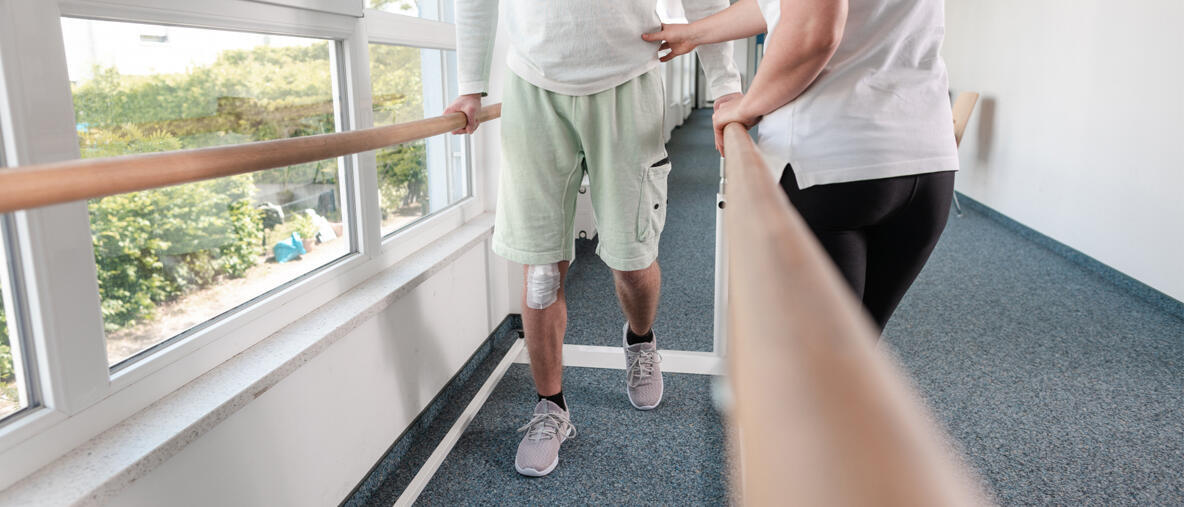Prior case studies have shown that synchronised stimulation of the brain and limb nerves strengthens neural connections and, thus, can restore patients’ mobility.
Now, researchers at the BioMag Laboratory in Helsinki, Sweden have, for the first time, looked into the potential of paired associative stimulation therapy in treating incomplete paraplegia, investigating how stimulation therapy can promote the recovery of walking ability when combined with walking rehabilitation.
The results of the recently completed case study have been published in the Spinal Cord Series and Cases journal.
In the case study, stimulation therapy was given to a 47-year-old male whose lower limbs were partially paralysed due to a spinal cord injury. The patient’s right leg had spontaneously recovered almost all of its function in the year after the injury, but the left leg’s functionality had recovered only partially, leaving the patient unable to walk. A year after the trauma, his left leg received stimulation treatment for three months. This three-month treatment was repeated two years after the trauma.
Prior to the stimulation treatment, the patient was unable to stand without considerable body weight support. As it was considered fruitless, conventional walking rehabilitation was not initiated.
After treatment the patient regained the ability to walk independently with the help of a rolling walker.
Reference: A. Shulga, S. Savolainen, E. Kirveskari & J. P. Mäkelä. Enabling and promoting walking rehabilitation by paired associative stimulation after incomplete paraplegia: a case report. Spinal Cord Series & Cases. DOI: 10.1038/s41394-020-0320-7

